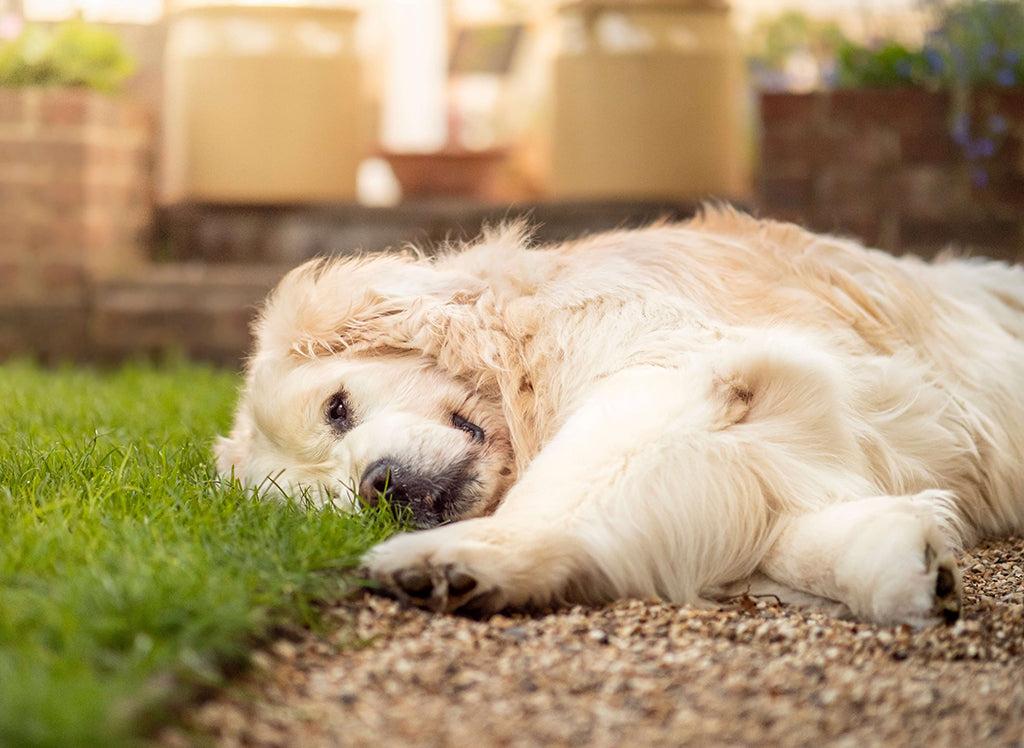Summary: In this blog, we learn about a low sodium diet for dogs. We’ll explore which dogs may need one, what sodium is, what to consider, and how to implement a low sodium diet… What Is Sodium? Sodium is a mineral; an essential nutrient and it contributes to a balanced diet for both humans […]
Does Your Dog Need A Low Sodium Diet?

Summary: In this blog, we learn about a low sodium diet for dogs. We’ll explore which dogs may need one, what sodium is, what to consider, and how to implement a low sodium diet…
What Is Sodium?
Sodium is a mineral; an essential nutrient and it contributes to a balanced diet for both humans and dogs alike. But, as with everything, too much of it can be a very bad thing.
Small amounts of sodium help the body function. In dogs, it namely helps control the balance of electrolytes and plays a part in the optimal muscle cell and nerve functioning. It can help prevent cells from dehydrating and swelling.
How Much Sodium Does A Dog Need?
According to The Association of American Feed Control Officials, the minimum recommended amount of sodium that dry dog foods should contain is 0.3% (or 0.25g – 1.5g per 100mg) to support and maintain normal growth and development.
Unfortunately, some dog food manufacturers put too much sodium in their food formulations but shouldn’t be too much of a concern unless your dog has a health condition and their vet has advised you to adopt a low sodium diet.
A high sodium diet for a human can cause very high blood pressure. In a dog, it can cause an increase in thirst, higher blood pressure, and cause an excess build-up in body fluid.
Sodium is found naturally in most meats including poultry and fish. If your dog is fed kibble, sodium will most likely be present in the form of table salt (sodium chloride) which isn’t necessarily a bad thing. Remember, only a dog with a health condition may need to be introduced to a low sodium diet for dogs.
Which Dogs May Need A Low Sodium Diet?
A vet may suggest a low sodium diet for dogs if a kidney, liver, or heart condition is present to help manage blood pressure and the accretion of bodily fluid; the latter being the most usual reason a low sodium diet for dogs is recommended.
A low sodium diet will typically be suggested to mature, senior dogs as these types of conditions often present themselves in older pups. However, a healthy, older dog should not need to go on a low sodium diet. A dog’s body is actually very apt at excreting excess sodium through urine.

I’ve Been Told To Consider A Low Sodium Diet For My Dog. What Do I Look For?
Just because you’ve been advised to look for a suitable low sodium diet for your dog, doesn’t mean their basic nutritional needs should take a back seat. They still need a balance so always source your food from a respected brand that boasts of high vitamin and nutrient content, and high-quality ingredient sources.
Look for a source of whole animal protein (like chicken, beef, lamb, or fish) as the main ingredient of their meals and consider moving away from a total kibble diet as most kibble-based diets can be higher in sodium than is necessary.
PetLab Co. Pro Tip: Most commercial dog food formulas that are designed to help with weight management are lower in sodium!
Most reputable brands will clearly label a food formula as low-sodium, but a quick internet search or ingredient label scan can let you know if it is in fact a low sodium formula. Remember you’re looking for less than 0.3% (or below 0.25mg per 100mg) for it to be considered low sodium. Your vet can advise you on what percentage you should be looking for, for your dog’s specific condition and need.
When changing a dog’s diet or switching up the food that they’re eating, if you rush the process this can cause them gastrointestinal upset (namely diarrhea). Changing a dog’s food should be gradual and controlled. Read our blog on How To Switch Your Dog’s Food here.
If you have any questions regarding the food brand you’re considering, transitioning your dog’s diet, or if a low sodium diet is the best idea for your dog, consult with your vet.
Sources
Author Barrington, Kate “The 10 Best Low-Sodium Dog Foods For 2021” Rover https://www.rover.com/blog/the-best-low-sodium-dog-food/
“Dog Food Myth Busters – Is Salt Bad For Dogs?” Tails, Aug 21. 2020 https://tails.com/blog/2020/08/21/myth-buster-is-salt-bad-for-dogs/
“The Importance Of Sodium In Your Dog’s Diet” IAMS https://www.iams.com/dog/dog-articles/importance-sodium-your-dogs-diet
 S
S



